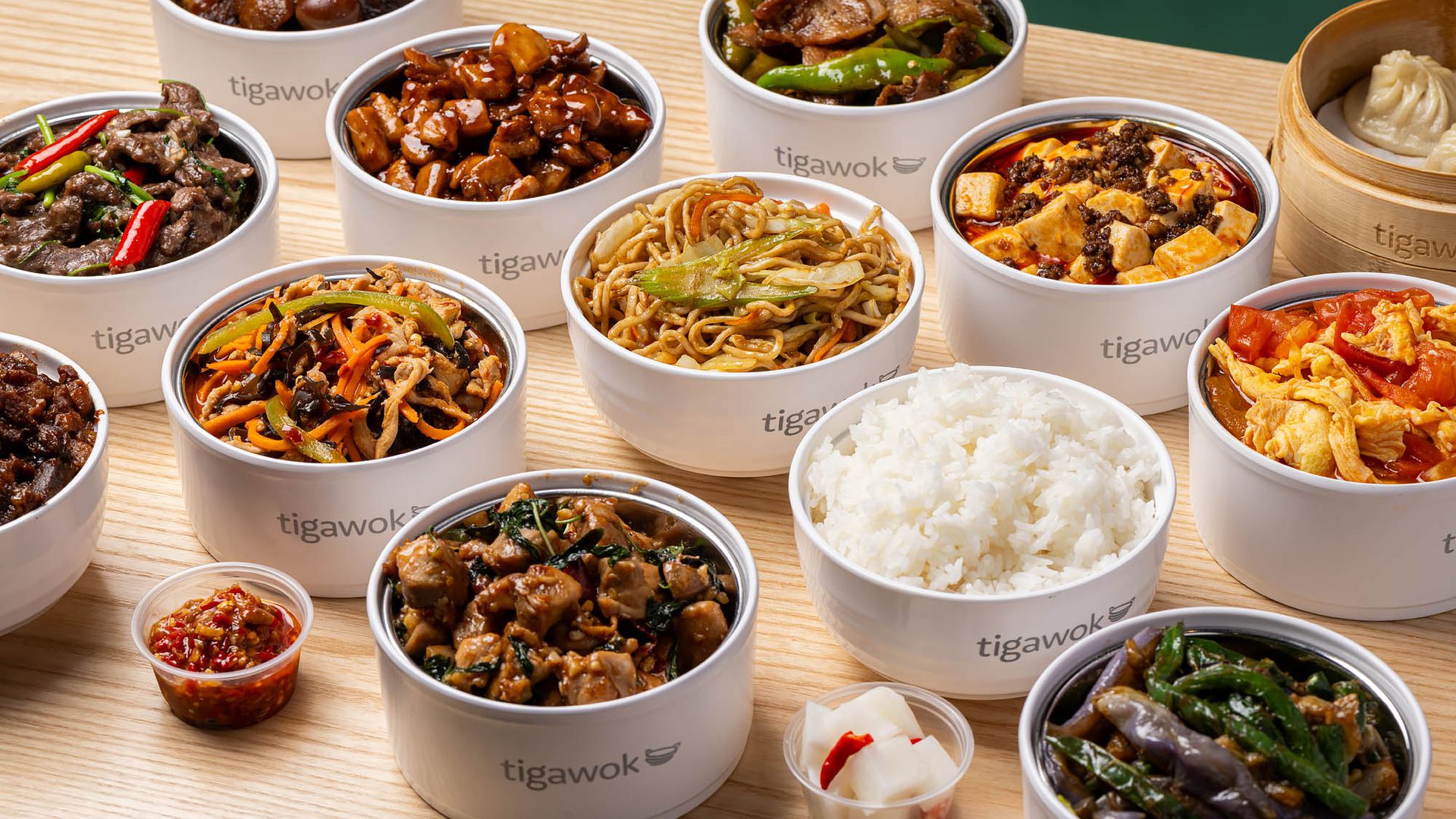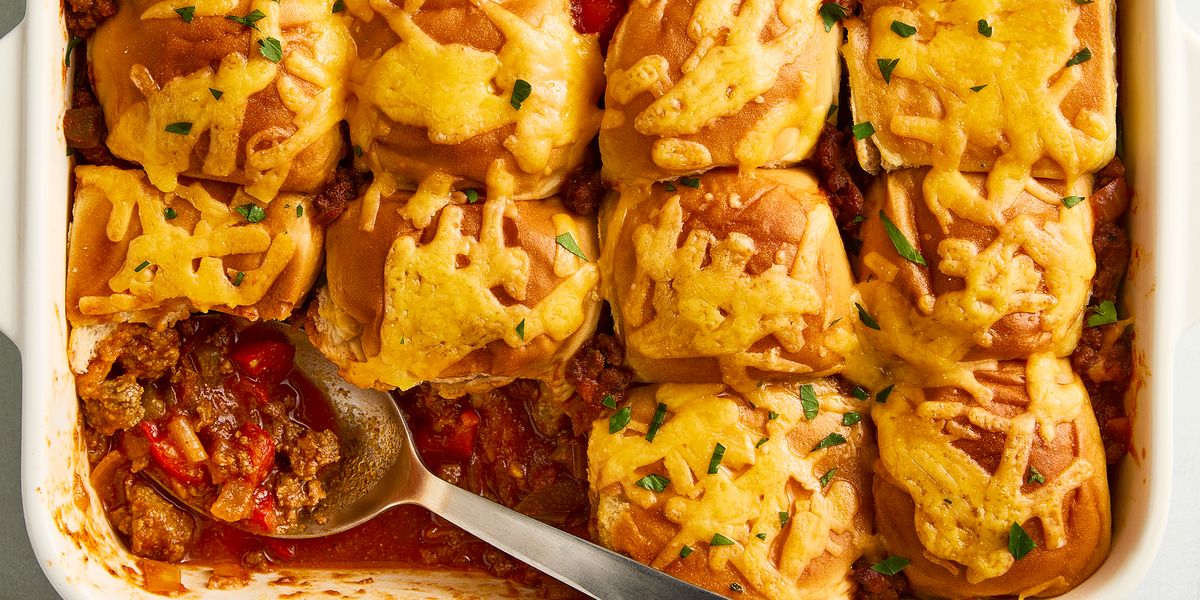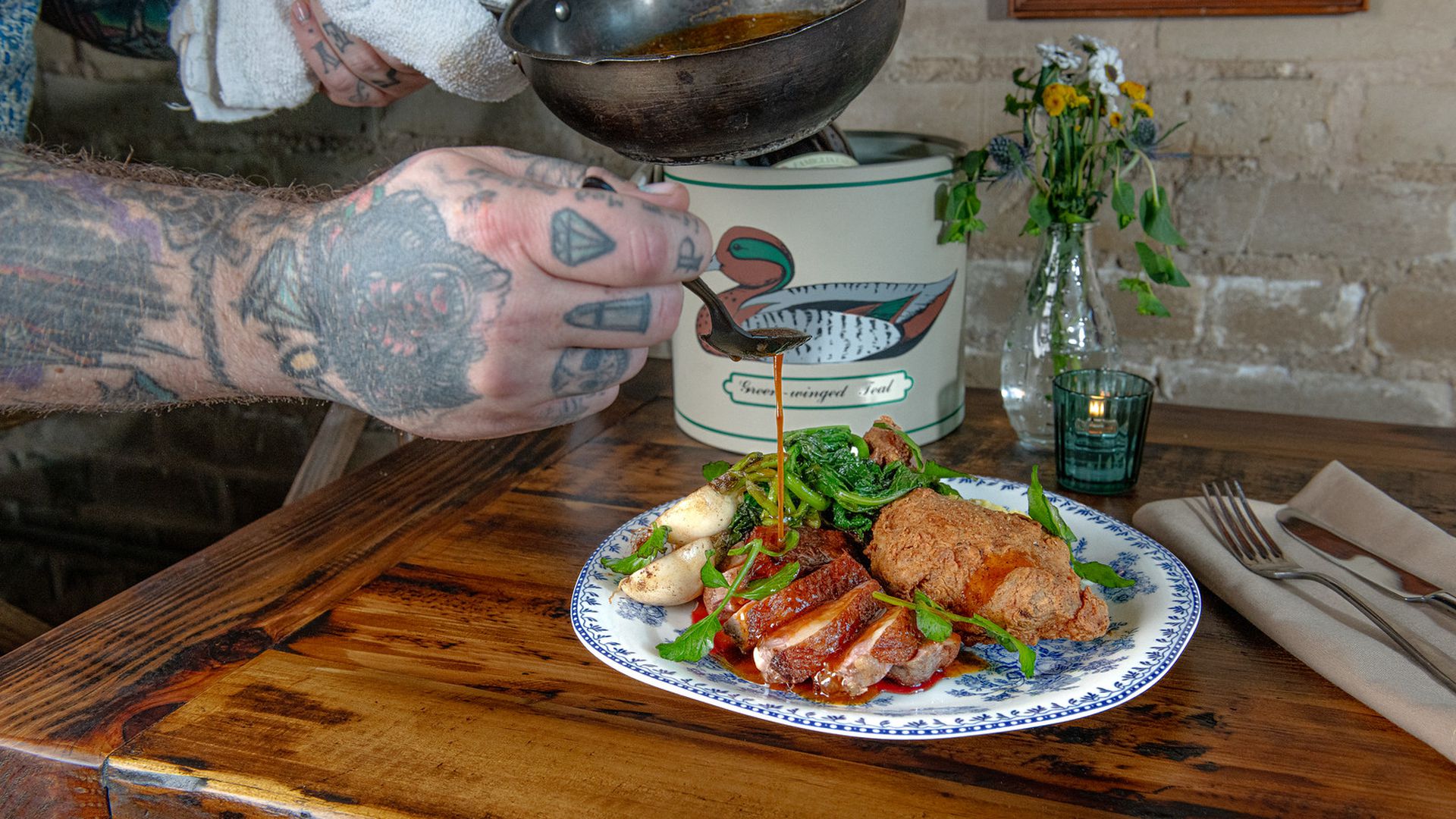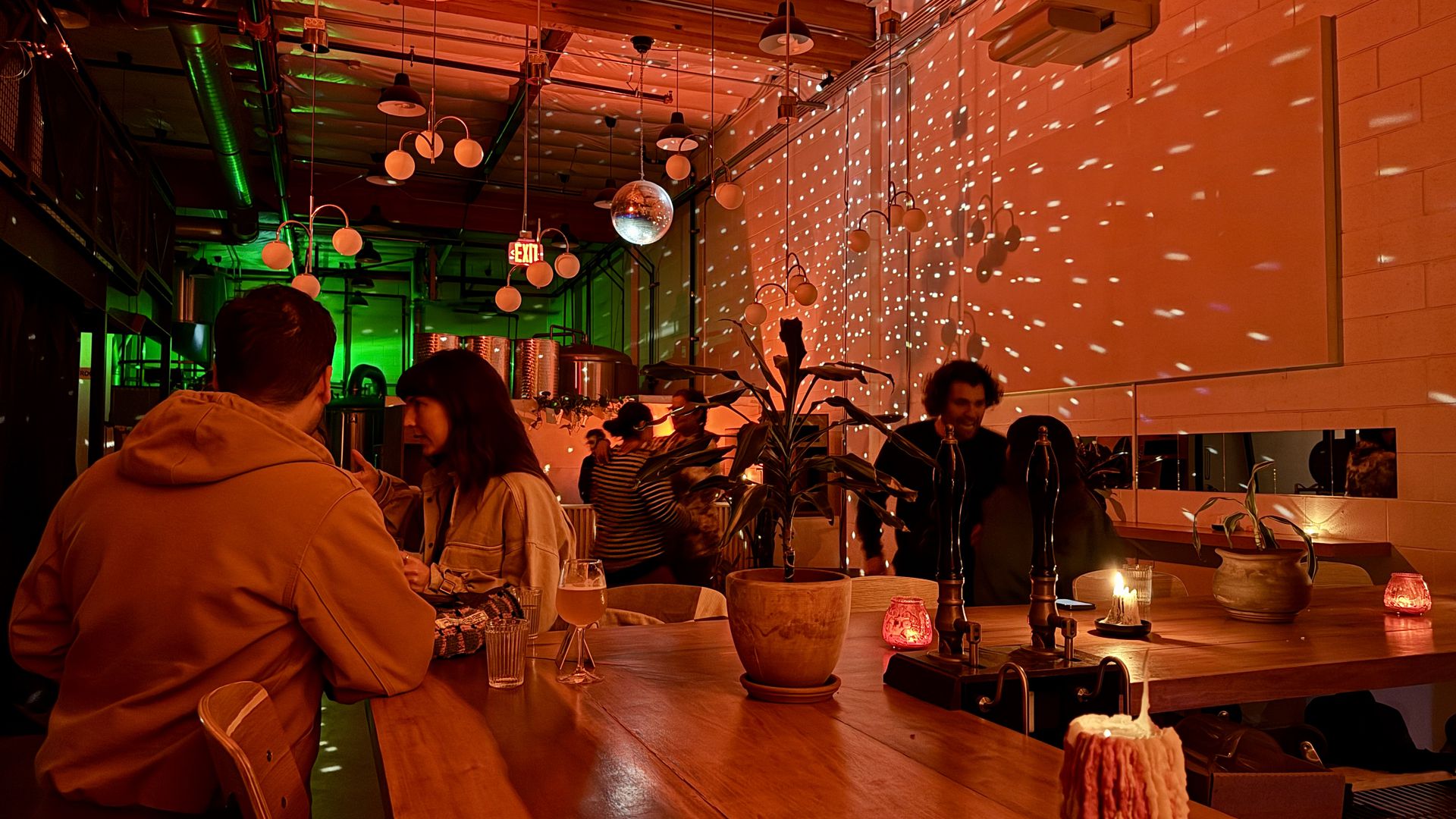
THE ROBOTS ARE COMING FOR CHINESE FOOD NEXT AT THIS NEW LA RESTAURANT
Veteran restaurateurs Tomas Su and Kelvin Wang have opened the first-ever robot-based Chinese restaurant in Los Angeles, called Tigawok, which debuted in Sawtelle Japantown on May 31. Su describes the quick-service restaurant, which uses automated robot chefs to prepare dishes within minutes, as “if Panda Express and Chipotle had a baby, but offered more traditional Chinese cuisine.”
Wang, owner of Beijing Tasty House in San Gabriel, has 20 years of experience in the restaurant industry. Su has worked in restaurants for over 15 years, including at hot pot chain Boiling Point, as a co-founder of popular boba chain Sunright Tea Studio, and at chic Orange County tea spot Omomo Tea Shoppe. Together, the pair aim to create an affordable new Chinese fast-food option rooted in traditional flavors.
Tigawok’s minimalist, 1,500-square-foot storefront is located in One Westside Plaza, replacing the former Flaming Hot Pot on Sawtelle Boulevard just south of Olympic. Customers take a tray and go down the line cafeteria-style, choosing from 15 to 18 Chinese staples that are presented up front in small bowls so customers can preview the dishes. Options include braised pork rice, mapo tofu, sweet tomato with scrambled eggs, kung pao chicken, Hunan pepper pork, cola chicken, and xiao long bao. Entrees cost between $2.99 and $5.99 each. Eight to 10 will remain fixed on the menu, with another eight or so in rotation that will change seasonally.
“We enjoy Panda Express and P.F. Chang’s, but we don’t consider it Chinese food. We consider it American food,” says Su. “They’re Chinese in concept, but the flavor is designed for the American palate. We think it’s time to popularize more traditional Chinese dishes and educate the mainstream on what Chinese food tastes like to us.”
Wang says Tigawok’s dishes are the same level as what diners can find in the San Gabriel Valley — but even more affordable. Part of that is attributable to the robots that prepare the food. These wok machines, which have been popular on TikTok in China, are less rudimentary than versions seen in the U.S. previously. In California, similar technology has been used in various San Gabriel Valley restaurants for cooking simple stir-fried foods like noodles and fried rice. But Tigawok’s technology offers more sophistication in terms of sauce programming and cleaning in between dishes. “We are very proud of our innovative chef robots, but the technology is just a means that allows us to make our dishes efficiently,” says Su.
Despite the chef robots being an integral part of the restaurant, they are almost hidden from sight in the rear kitchen. The Botinkit machines, which are designed and built in China but acquired through a U.S. distributor with FDA certification, represent the cutting edge of culinary automation. These machines allow users to upload recipes and instantly send distribute them to other connected devices, ensuring consistency across all dishes. The robots do a good job of mimicking one of the most important qualities of Chinese cooking — “wok hei,” a term referring to the distinct, smoky flavor imparted by high-heat cooking in a well-seasoned wok. The robots can stir-fry, stew, boil, and simmer with heat control of up to 600 degrees Fahrenheit. They can also add up to 16 kinds of seasoning to a single dish and test the temperature of the food before serving it. Afterward, the machines will automatically wash and sanitize the work in under 30 seconds. Eventually, the owners say, these robots will upload data that can be analyzed to optimize recipes.
The robots do a good job of mimicking one of the most important qualities of Chinese cooking — “wok hei.”
Human operators can learn how to guide the robot chef’s activity within 30 minutes. Ingredients are prepped in a central kitchen in Los Angeles by human workers and brought over daily. Most of Tigawok’s dishes take three to five minutes to cook, yielding an entire whole tray with around 15 servings. The item with the longest cooking time is Su’s mother’s chile recipe from Henan, which takes nine minutes to prepare. A lean staff of five or six people is needed to run the restaurant during peak hours. “Because the robots can ensure consistency in taste for every dish, every time, it mitigates a [human] chef’s mood or skillset. This helps us keep prices low. You bus your own tray, or you order online, so there’s no tip screen,” Wang said.
The introduction of advanced automation like Tigawok’s cooking machines signals a big shift for restaurant operators, who have already rolled out automation for popular dishes like pizza, coffee, and burgers. Delivery robots and robot waiters are commonplace in Los Angeles. Labor is one of the highest costs for restaurants, and automation can help reduce these expenses, ensuring consistent execution and approachable pricing. However, it also raises concerns about job displacement. While robots take on cooking duties, the need for human staff decreases, reducing employment. As these systems become more common, the industry will have to balance its need for workers with technological efficiency.
In the meantime, Su and Wang have already secured a second location in Burbank. The duo are eyeing Irvine as a potential next expansion, too.
Tigawok is located at 2224 Sawtelle Boulevard., Los Angeles, CA 90064, and is open seven days a week from 11 a.m. to 3 p.m. for lunch and 5 p.m. to 9 p.m. for dinner.











